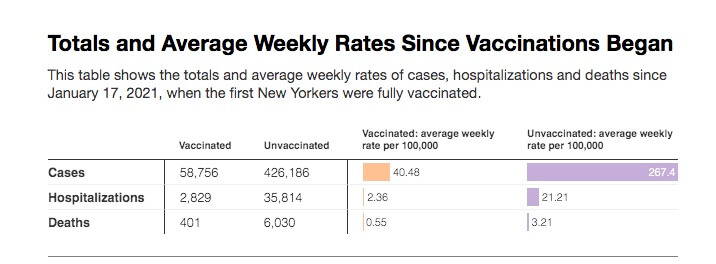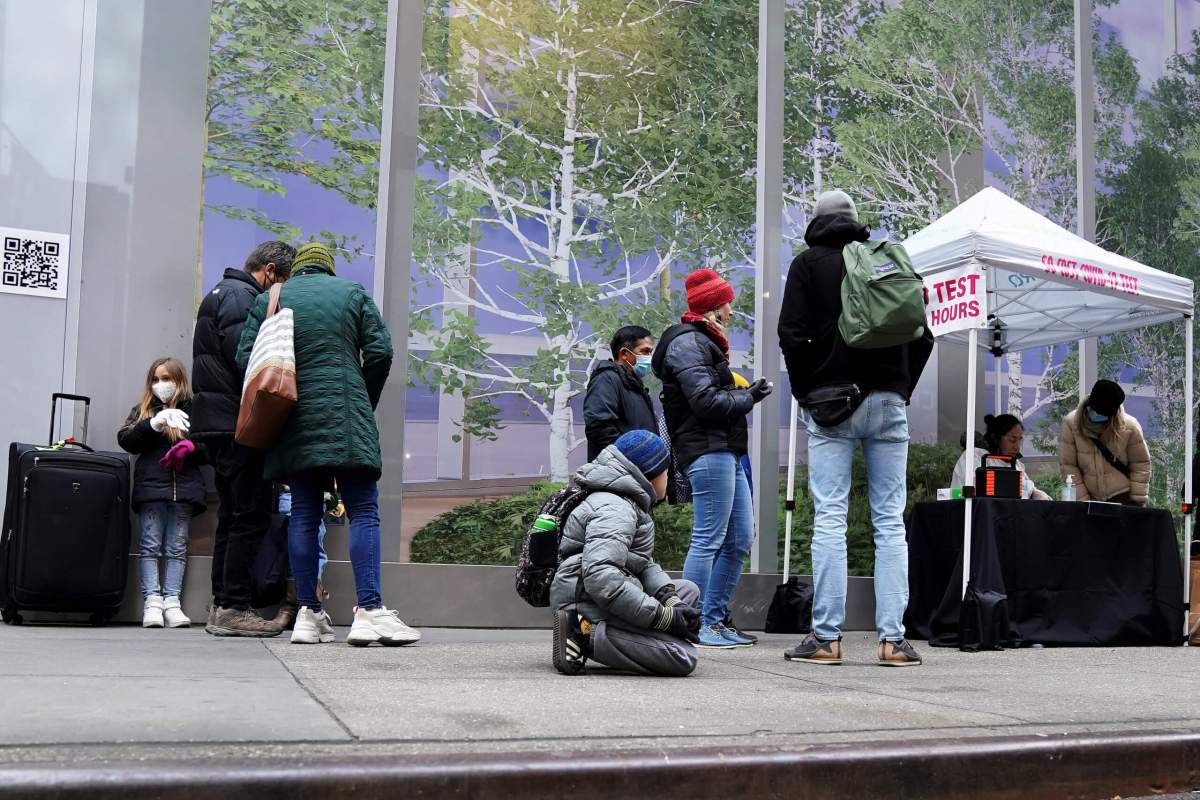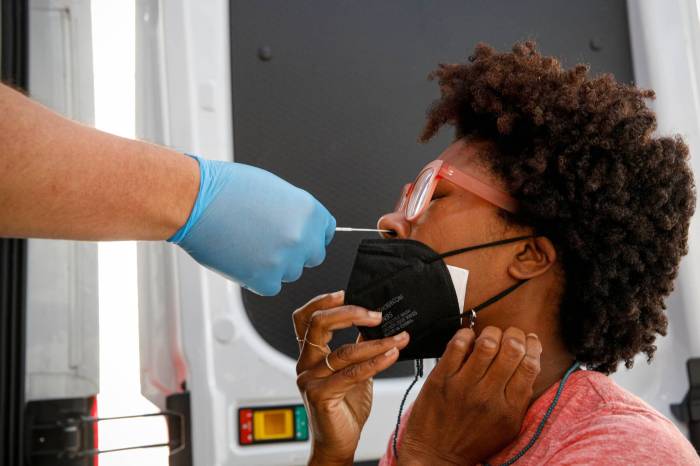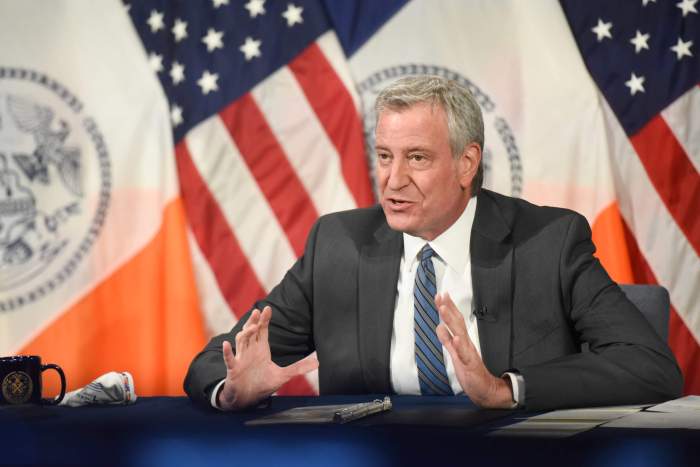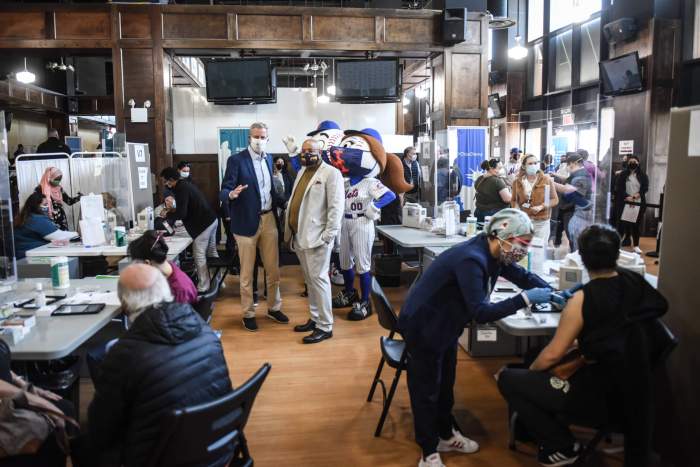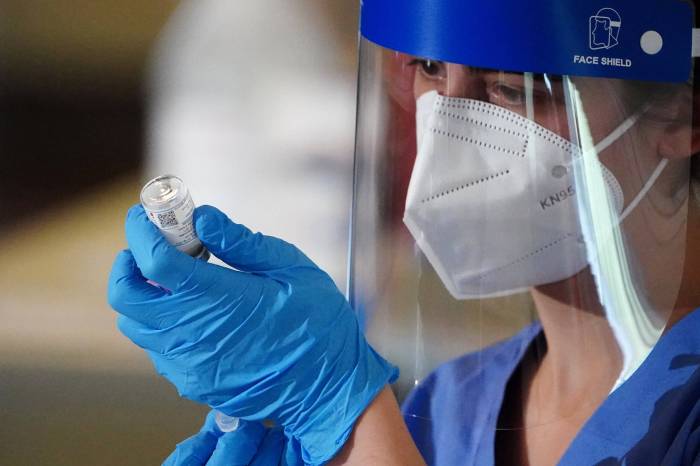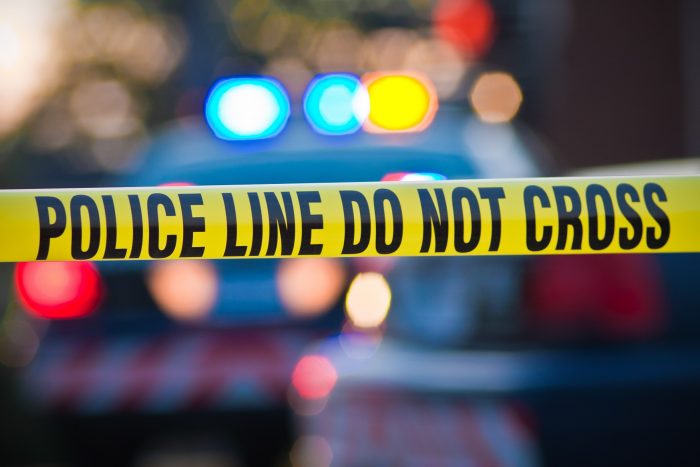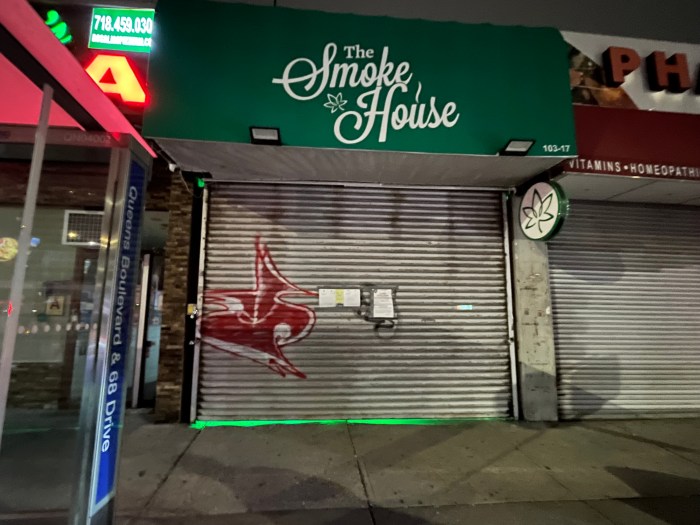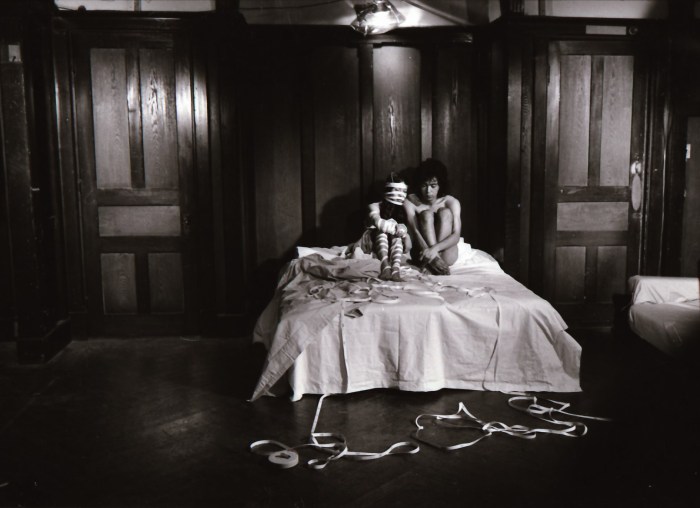Even before concerns arose about the emergence of the Omicron variant across the globe, COVID-19 cases were steadily increasing across the Five Boroughs of New York City this past week.
According to the city’s Department of Health and Mental Hygiene, 37 ZIP codes in the city saw 7-day positivity rates above 3% between Nov. 17-23, with five areas reporting 100 or more new COVID-19 cases during the same period.
The citywide positivity rate increased to 2.35% as of Nov. 26, up from the 2.02% rate reported on Nov. 19 Hospitalizations and deaths from the virus remain remarkably low and steady, though the hospitalization rate has increased to 0.77 per 100,000 residents on Nov. 26, up from the 0.64 per 100,000 residents reported a week earlier.
Fears about the Omicron variant — which first emerged in South Africa and is thought to be even more virulent than the Delta variant — sparked widespread fear of yet another wave of new cases in the weeks ahead. On Friday, Governor Kathy Hochul declared a state of emergency, slated to take effect Dec. 3, to adequately prepare hospitals across New York to handle an influx of patients.
But the Health Department statistics show that COVID-19 cases (98% of which involve the Delta variant) continue to climb across the Five Boroughs with the weather turning colder, and more activities moving inside.
Staten Island continues to be the hotbed of COVID-19 transmission, with a 7-day average of 174.11 new cases per 100,000 residents reported as of Nov. 21. The citywide transmission rate is 118.32 per 100,000 residents.
Three Staten Island communities led the entire city in 7-day COVID-19 positivity rates between Nov. 17-23: Great Kills (10308, 6.11%, 69 new cases), Tottenville (10307, 5.87%, 33 new cases) and Annadale/Rossville (10312, 5.02%, 119 new cases).
Two Queens neighborhoods rounded out the top five in 7-day positivity rates: Douglaston/Little Neck (11363, 4.98%, 11 new cases) and Rego Park (11374, 4.59%, 70 new cases).
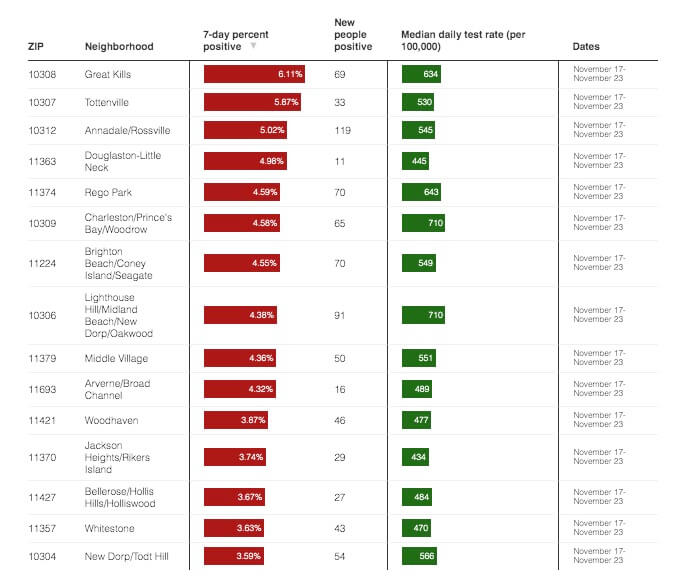
Five areas of New York City also saw 100 or more new COVID-19 cases over the past week. East Williamsburg/Williamsburg, Brooklyn (11211), which has been at or near the top of the list for weeks now, again led the city with 186 new infections between Nov. 17-23. Their 7-day positivity rate, however, was just 1.92%.
They were followed by Annadale/Rossville on Staten Island with its 119 cases; Brooklyn Heights/DUMBO/Downtown Brooklyn (11201, 2.33%, 110 new cases); Glendale/Ridgewood, Queens (11385, 3.20%, 110 new cases); and South Williamsburg (11206, 1.54%, 109 new cases).
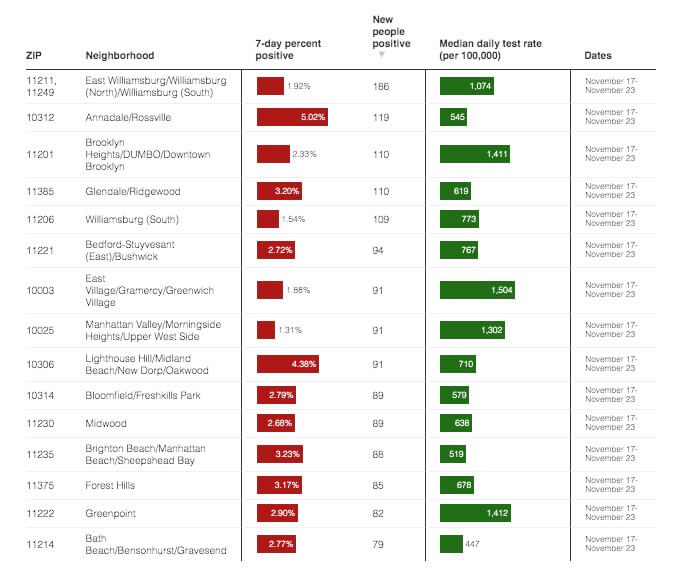
The common denominator for many of the neighborhoods with the most new COVID-19 infections are lower vaccination rates. Six of them had percentages of residents having received at least the first-dose of the vaccine lower than the citywide rate of 77%.
East Williamsburg/Williamsburg had the most new COVID-19 cases this past week, but its percentage of residents with at least the first dose was just 60%. The area has only 54% of its residents fully vaccinated.
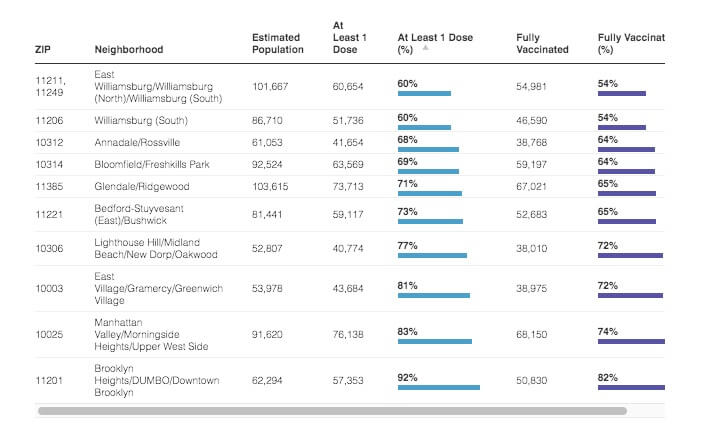
Every neighborhood in New York City now has at least half of its residents with at least the first dose of the COVID-19 vaccine.
Borough Park, Brooklyn finally passed the halfway point this past week, with a first-dose rate of 51% reported as of Nov. 28. The area still has the lowest percentage of fully vaccinated residents in the city at 46%.
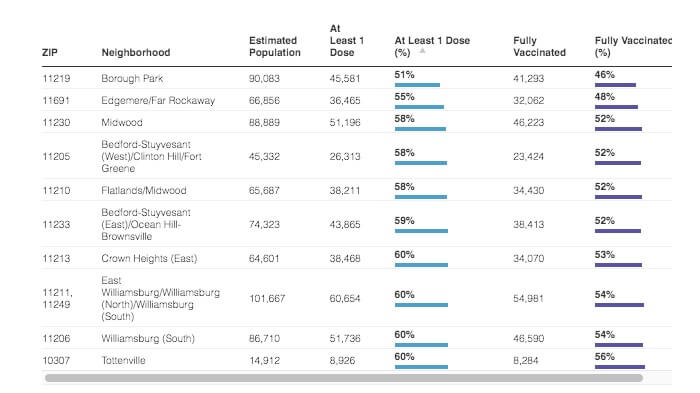
Nearly a year after the first COVID-19 vaccines were made publicly available to health care workers, the pandemic has evolved into a health crisis predominately affecting the unvaccinated.
As of Nov. 13, the city’s Health Department reported that unvaccinated New Yorkers had a case rate of 348.92 per 100,000 people. By comparison, vaccinated New Yorkers had a COVID-19 case rate of just 50.1 per 100,000 people.
